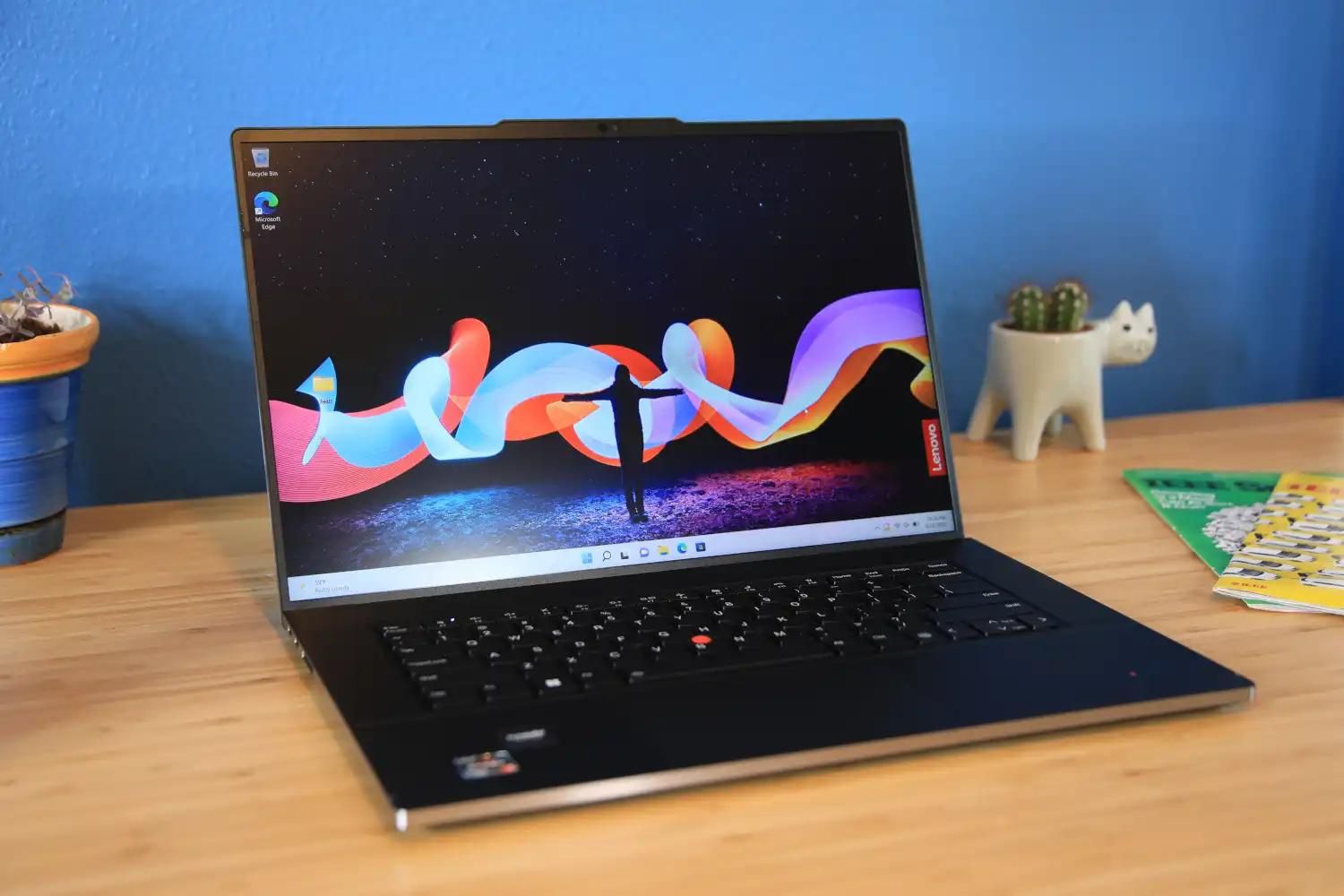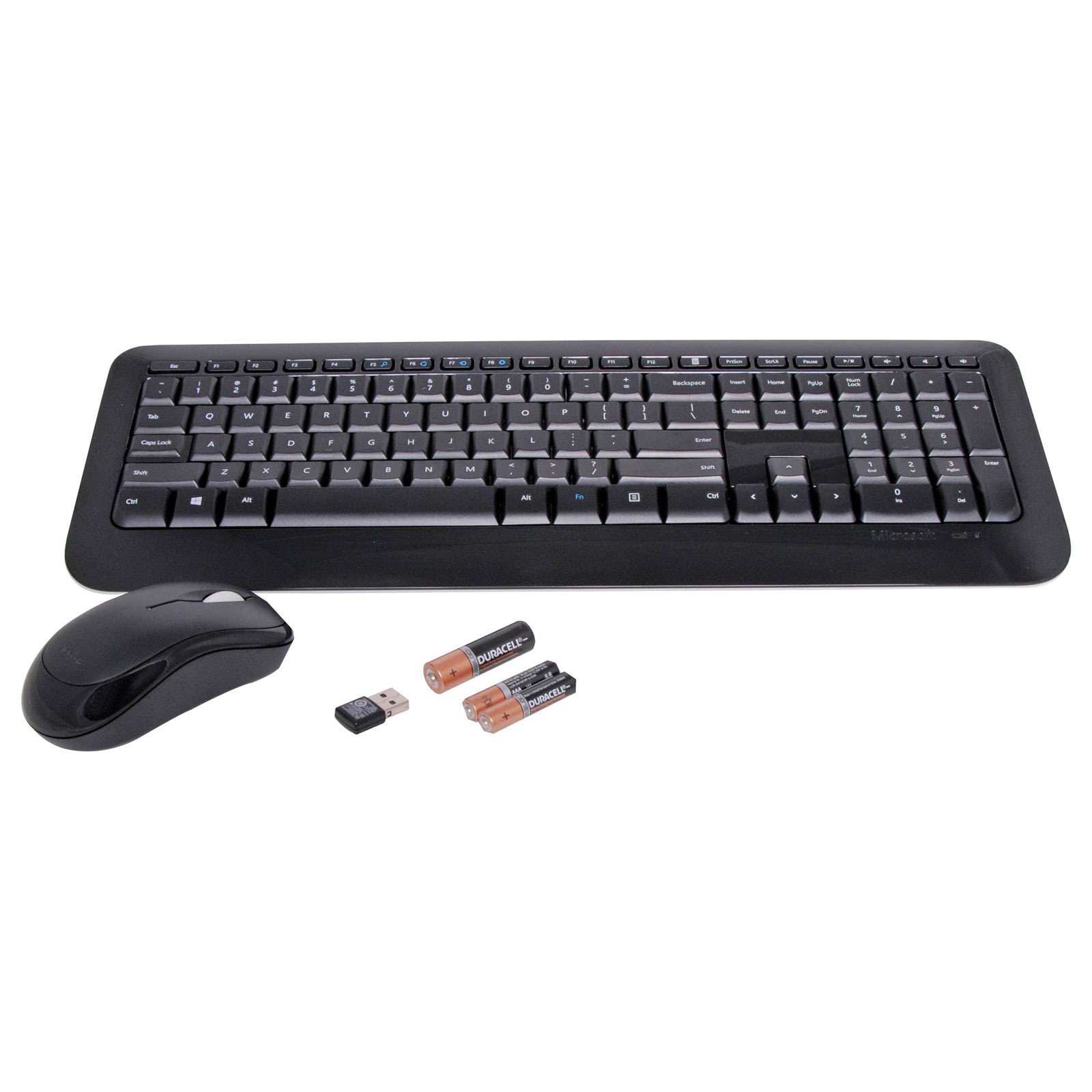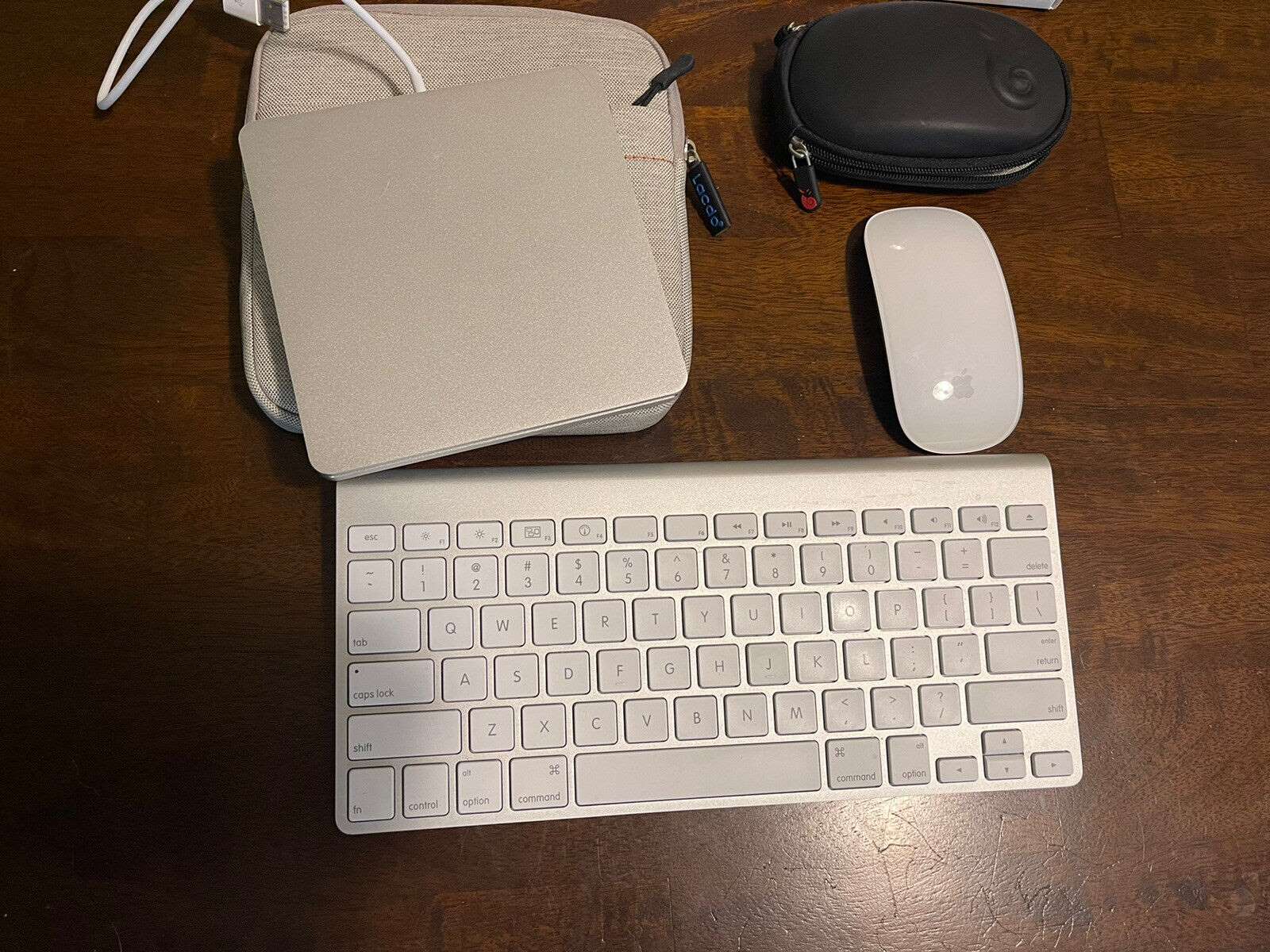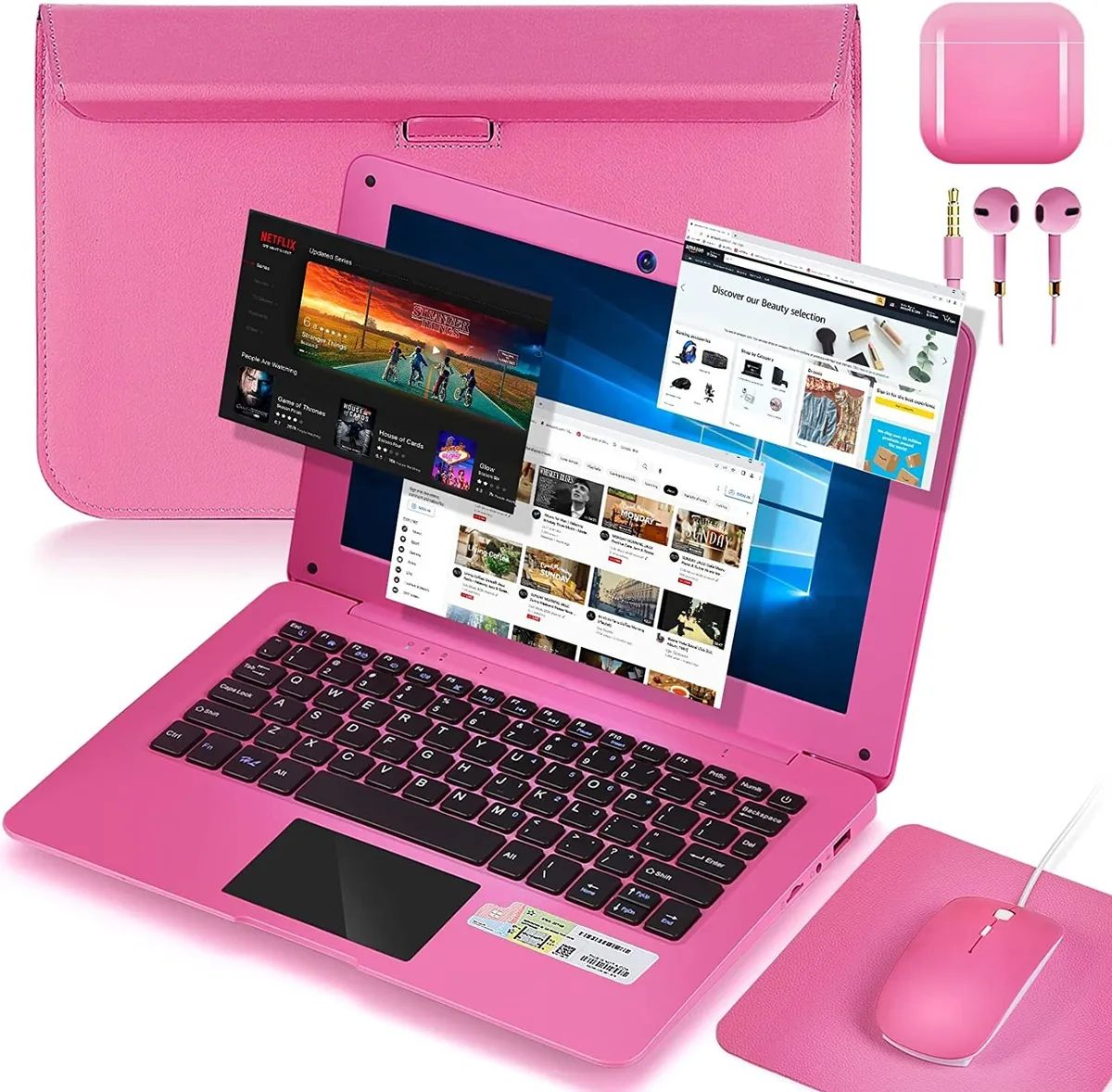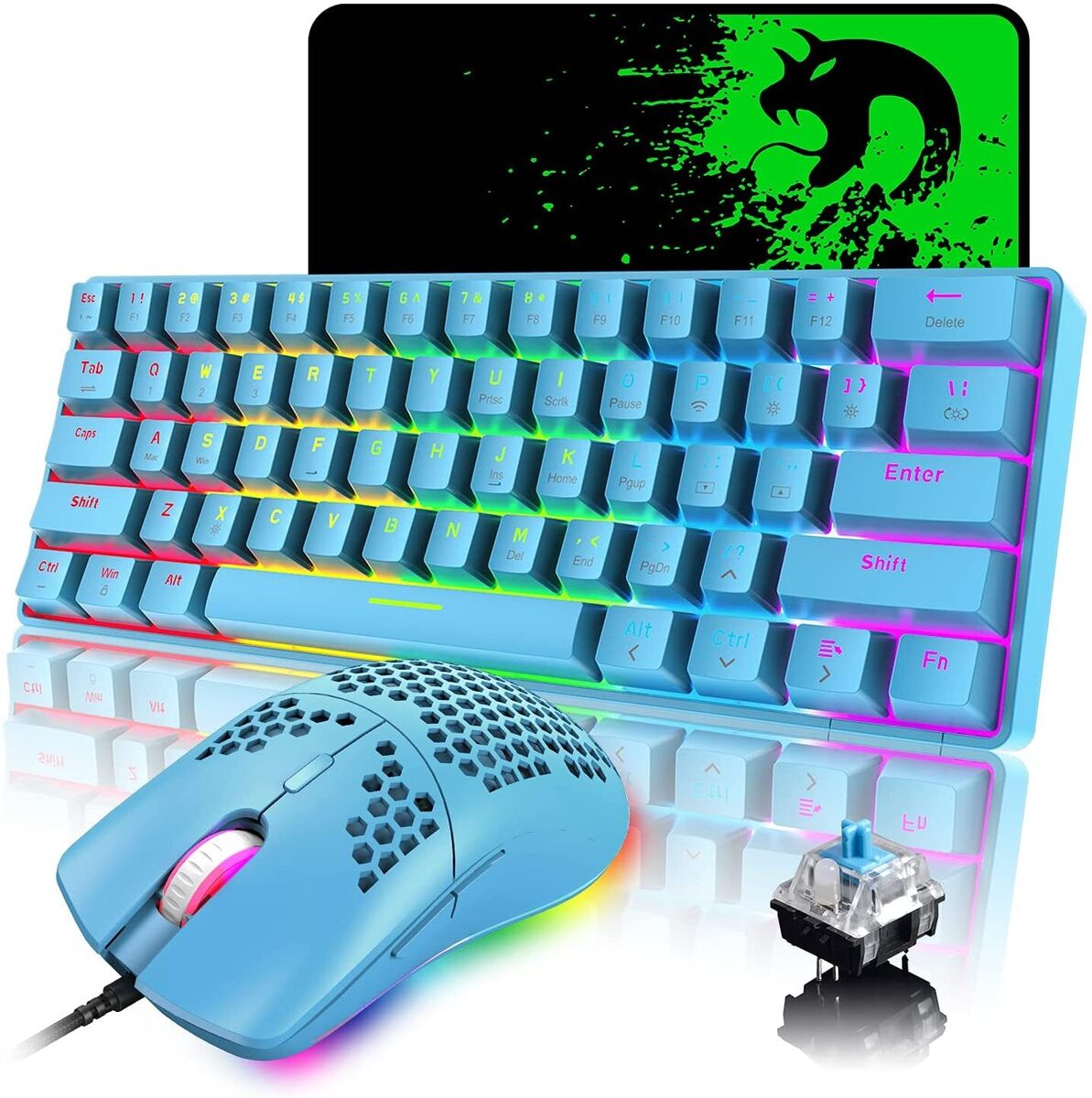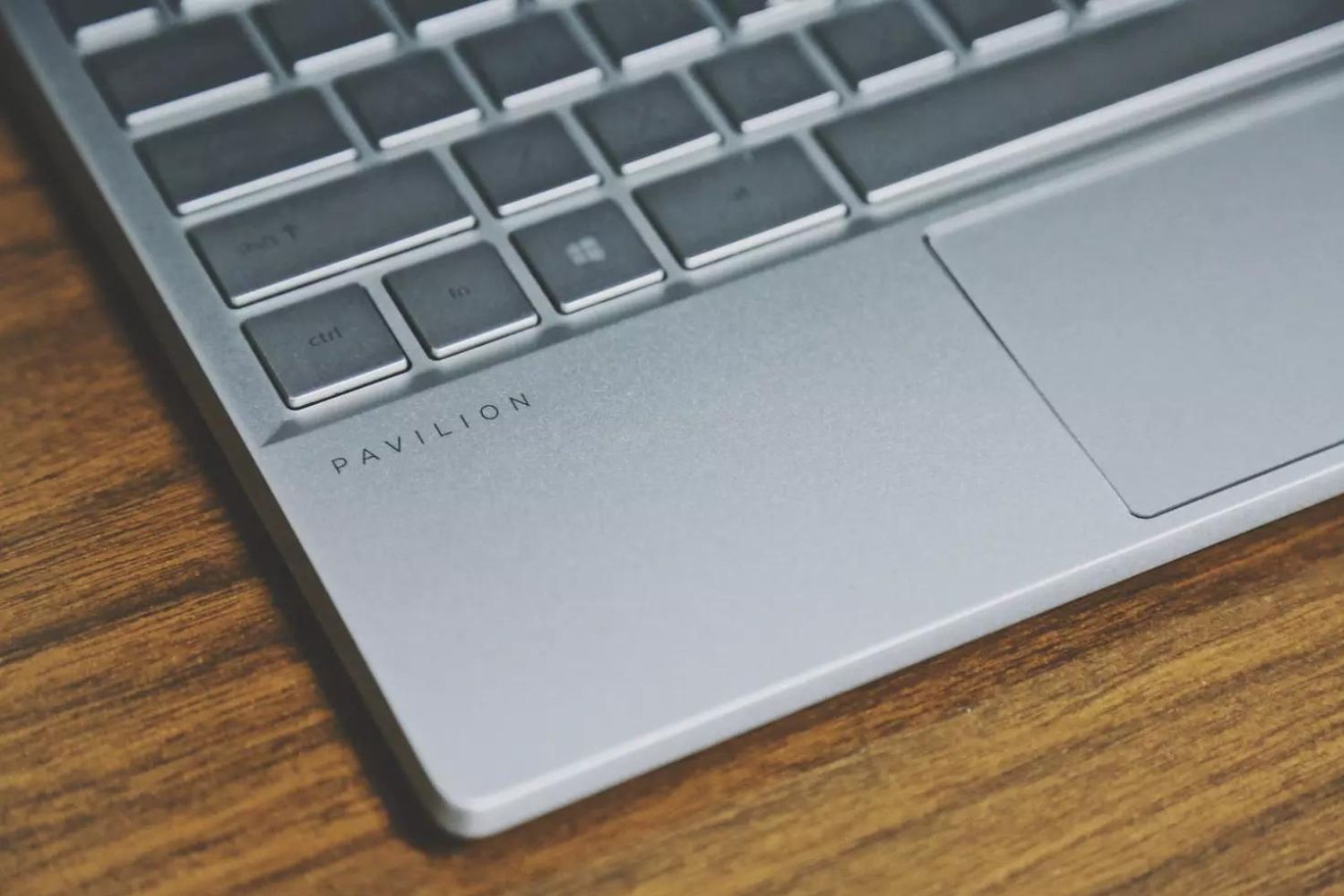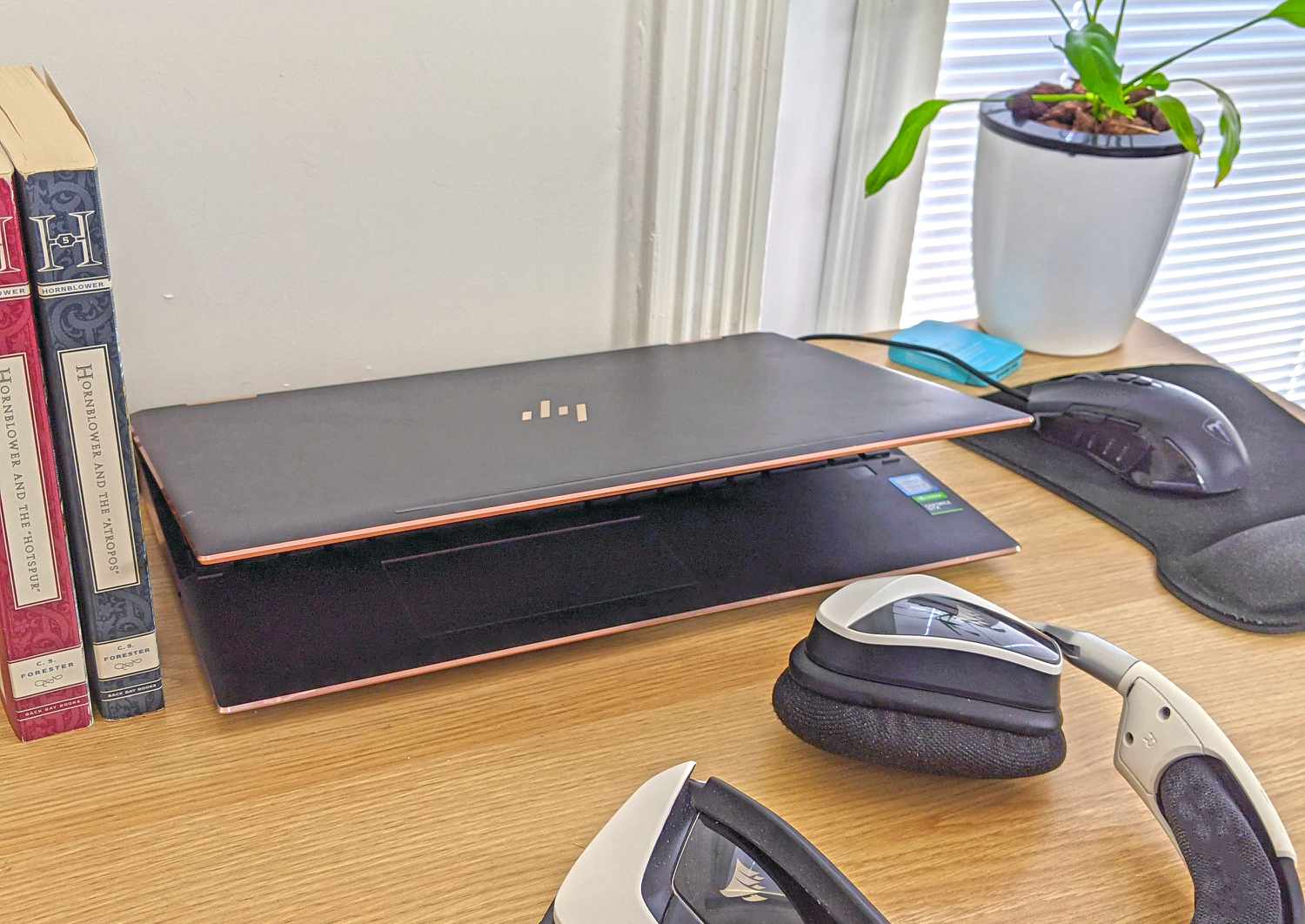Introduction
Introduction
If you're using a Windows 8 laptop and prefer to use an external mouse, you might find the touchpad to be more of a hindrance than a help. Accidental touches can cause the cursor to jump around, potentially disrupting your workflow. Fortunately, Windows 8 provides several methods to turn off the touchpad, allowing you to seamlessly transition to using an external mouse without any interference. In this guide, we'll explore three simple and effective methods to disable the touchpad on your Windows 8 laptop.
Navigating through the various options may seem daunting at first, but with the step-by-step instructions provided in this article, you'll be able to effortlessly deactivate the touchpad and optimize your user experience. Whether you're a seasoned Windows user or a newcomer to the operating system, these methods are designed to be user-friendly and accessible to all. Let's dive into the different approaches and find the one that best suits your preferences and technical comfort level.
Method 1: Using Function Keys
Method 1: Using Function Keys
Many Windows 8 laptops are equipped with function keys that allow you to toggle the touchpad on and off with a simple key combination. This method offers a quick and convenient way to disable the touchpad without delving into complex settings or configurations. Here’s how to use the function keys to turn off the touchpad:
- Locate the Function Key: Look for the function key on your keyboard that has an icon resembling a touchpad. This key is often labeled as “Fn” and may feature a touchpad icon, typically found on one of the F-keys at the top of the keyboard.
- Press the Function Key Combination: While holding down the “Fn” key, press the designated function key with the touchpad icon. This key combination is specific to each laptop model, so refer to your device’s user manual if you’re unsure about the exact key combination.
- Verify Touchpad Deactivation: After pressing the function key combination, check to see if the touchpad has been successfully disabled. You can test this by moving your finger across the touchpad surface to confirm that it no longer responds to touch input.
Using the function keys to disable the touchpad provides a straightforward solution that can be implemented within seconds. This method is particularly useful for individuals who frequently switch between using an external mouse and the touchpad, allowing for seamless transitions without the need to access system settings. However, keep in mind that the specific key combination may vary across different laptop models, so it’s essential to consult your device’s documentation for accurate instructions.
Method 2: Using Control Panel
Another effective approach to turning off the touchpad on a Windows 8 laptop involves utilizing the Control Panel settings. This method provides a more comprehensive way to manage device settings and is well-suited for users who prefer a structured interface for making adjustments. Follow these steps to disable the touchpad via the Control Panel:
- Access the Control Panel: Open the Control Panel by searching for it in the Windows search bar or accessing it through the Windows 8 Start screen.
- Go to Hardware and Sound: Within the Control Panel, navigate to the “Hardware and Sound” section. This category houses various device and sound-related settings.
- Click on Mouse: Under the “Devices and Printers” subsection, locate and click on the “Mouse” option. This will open the Mouse Properties window.
- Disable the Touchpad: In the Mouse Properties window, look for a tab or section related to the touchpad settings. Depending on your laptop’s manufacturer, the touchpad settings may be located under a specific tab such as “Touchpad” or “Device Settings.” Once located, you can disable the touchpad by unchecking the corresponding box or selecting the option to turn it off.
- Apply the Changes: After disabling the touchpad, apply the changes and exit the Mouse Properties window. Your touchpad should now be deactivated, allowing you to exclusively use an external mouse without any interference.
Utilizing the Control Panel to disable the touchpad offers a more structured and visual approach to managing device settings. This method allows for precise control over touchpad configurations and is suitable for users who prefer a familiar interface for making adjustments. By following these steps, you can seamlessly deactivate the touchpad and optimize your user experience based on your preferences and workflow.
Method 3: Using Device Manager
For users seeking a more advanced method to disable the touchpad on a Windows 8 laptop, utilizing the Device Manager provides a comprehensive approach to managing hardware devices and their configurations. By accessing the Device Manager, you can gain precise control over the touchpad and ensure that it remains deactivated when using an external mouse. Follow these steps to disable the touchpad via the Device Manager:
- Access the Device Manager: Open the Device Manager by right-clicking on the Start button and selecting “Device Manager” from the context menu. Alternatively, you can search for “Device Manager” in the Windows search bar and launch the application from the search results.
- Locate the Touchpad: In the Device Manager window, locate the category related to mice and other pointing devices. Expand this category to reveal the touchpad device listed beneath it. The touchpad is typically identified by its specific manufacturer and model.
- Disable the Touchpad: Right-click on the touchpad device and select the “Disable device” option from the context menu. A confirmation dialog may appear to verify the action. Proceed with the disabling process to deactivate the touchpad.
- Confirm Deactivation: After disabling the touchpad, verify that the device status reflects the deactivation. The touchpad should now be listed as disabled within the Device Manager, ensuring that it no longer responds to touch input.
Utilizing the Device Manager to disable the touchpad offers a more in-depth and precise method for managing hardware devices. This approach is ideal for users who prefer a detailed interface for controlling device configurations and ensuring that the touchpad remains inactive when using an external mouse. By following these steps, you can effectively deactivate the touchpad and tailor your device settings to align with your preferred workflow and usage scenarios.
Conclusion
Turning off the touchpad on a Windows 8 laptop is a straightforward process that offers users the flexibility to seamlessly switch to using an external mouse without any disruptions. By exploring the methods outlined in this guide, you can effectively deactivate the touchpad and optimize your user experience based on your preferences and workflow. Whether you prefer the simplicity of using function keys, the structured interface of the Control Panel, or the precision of the Device Manager, each method provides a tailored approach to managing the touchpad settings on your laptop.
With the function key method, you can quickly toggle the touchpad on and off with a simple key combination, making it ideal for swift transitions between input devices. The Control Panel method offers a more comprehensive interface for managing device settings, providing precise control over touchpad configurations. For users seeking a detailed and advanced approach, the Device Manager method allows for in-depth control over hardware devices, ensuring that the touchpad remains deactivated when using an external mouse.
Regardless of your technical proficiency, the step-by-step instructions provided in this guide are designed to empower you to effortlessly disable the touchpad, enhancing your overall user experience on Windows 8. By leveraging these methods, you can tailor your device settings to align with your preferred input methods and workflow, ultimately ensuring a seamless and uninterrupted computing experience.









